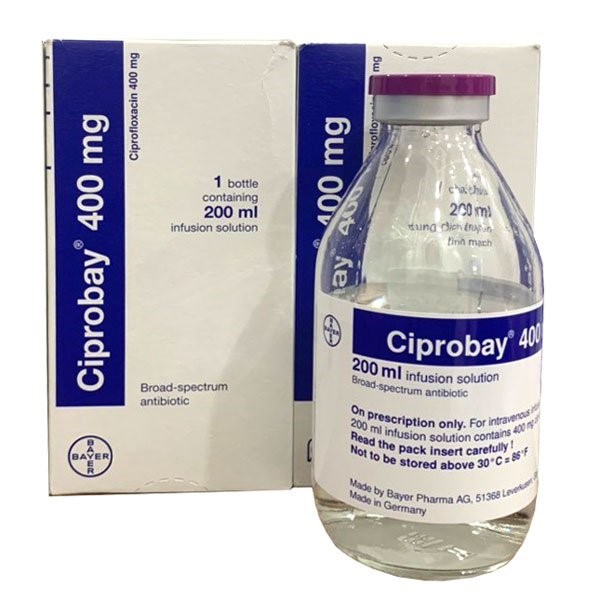A client has a new prescription for zolpidem, a hypnotic. The client tells the home health nurse that he plans to take a dose of the medication during the day because he is exhausted and needs to take a short afternoon nap prior to an evening activity in his home. Which action should the nurse take?
Encourage the client to wait until bedtime to take the medication.
Remind the client to drink plenty of fluids when taking the medication.
Advise the client to take the medication with the noon meal.
Explain that the client needs to allow for sleep time of at least two hours.
The Correct Answer is A
Choice A reason: Zolpidem is a hypnotic drug that induces sleep by enhancing the activity of gamma-aminobutyric acid (GABA), a neurotransmitter that inhibits brain activity. Zolpidem is used to treat insomnia, or difficulty falling asleep or staying asleep. Zolpidem should be taken only at bedtime, when the client is ready to go to sleep and can devote at least seven to eight hours for uninterrupted sleep. Taking zolpidem during the day can cause excessive sedation, drowsiness, confusion, memory loss, and impaired coordination. Therefore, the nurse should encourage the client to wait until bedtime to take the medication and avoid daytime naps.
Choice B reason: Reminding the client to drink plenty of fluids when taking the medication is not an action that the nurse should take in this situation, but rather a general recommendation that applies to most medications. Drinking fluids can help to prevent dehydration, flush out toxins, and maintain kidney function. However, drinking fluids is not specific to zolpidem and does not affect its absorption or metabolism.
Choice C reason: Advising the client to take the medication with the noon meal is not an action that the nurse should take in this situation, but rather a harmful suggestion that can reduce the effectiveness of zolpidem and increase its side effects. Taking zolpidem with food can delay its onset of action and make it less potent. Taking zolpidem at noon can also interfere with the client's circadian rhythm, or natural sleep-wake cycle, and cause daytime sleepiness and nighttime insomnia.
Choice D reason: Explaining that the client needs to allow for sleep time of at least two hours is not an action that the nurse should take in this situation, but rather an inaccurate and insufficient information that can mislead the client and endanger their safety. Zolpidem has a half-life of about two hours, which means that half of its dose is eliminated from the body in two hours. However, this does not mean that its effects wear off in two hours. Zolpidem can still cause residual sedation and impairment for several hours after taking it. The client needs to allow for sleep time of at least seven to eight hours when taking zolpidem, not just two hours.
Nursing Test Bank
Naxlex Comprehensive Predictor Exams
Related Questions
Correct Answer is D
Explanation
Choice A reason: Recent use of other antidepressants is important to know, as duloxetine is a serotonin-norepinephrine reuptake inhibitor (SNRI) that can interact with other antidepressants, especially monoamine oxidase inhibitors (MAOIs) and selective serotonin reuptake inhibitors (SSRIs). However, this information is not as important as liver function laboratory results, as duloxetine can cause hepatotoxicity in some clients.
Choice B reason: Weight change in the last month is relevant to monitor, as duloxetine can cause weight loss or gain in some clients. However, this information is not as important as liver function laboratory results, as duloxetine can cause liver damage in some clients.
Choice C reason: Family history of mental illness is useful to assess, as duloxetine may be more effective or less effective in clients with certain genetic factors. However, this information is not as important as liver function laboratory results, as duloxetine can cause liver failure in some clients.
Choice D reason: Liver function laboratory results are most important to obtain, as duloxetine is metabolized by the liver and can cause hepatotoxicity in some clients. The nurse should monitor the client's liver enzymes and bilirubin levels before and during treatment with duloxetine and report any signs of liver impairment, such as jaundice, dark urine, abdominal pain, or fatigue.
Correct Answer is ["200"]
Explanation
The correct answer is 200 mL/hr.
Explanation: To calculate the infusion rate, the nurse should use the formula:
Infusion rate (mL/hr) = Volume (mL) / Time (hr)
In this case, the volume is 200 mL and the time is 1 hour. Therefore,
Infusion rate (mL/hr) = 200 mL / 1 hr
Infusion rate (mL/hr) = 200 mL/hr

Whether you are a student looking to ace your exams or a practicing nurse seeking to enhance your expertise , our nursing education contents will empower you with the confidence and competence to make a difference in the lives of patients and become a respected leader in the healthcare field.
Visit Naxlex, invest in your future and unlock endless possibilities with our unparalleled nursing education contents today
Report Wrong Answer on the Current Question
Do you disagree with the answer? If yes, what is your expected answer? Explain.
Kindly be descriptive with the issue you are facing.
